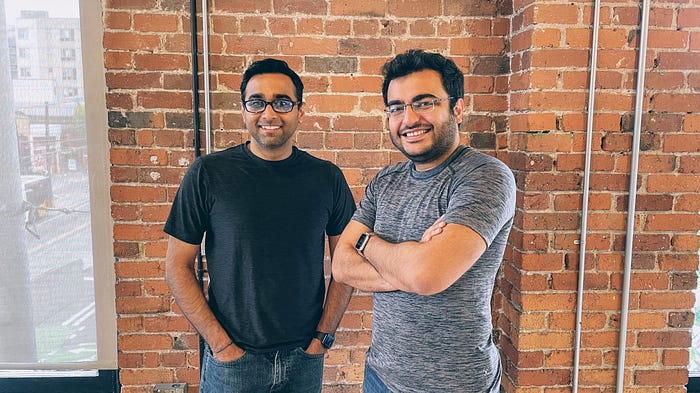07/28/2021
Enterprise
Osmos — Seamless data collaboration for the increasingly interconnected enterprise

Data will define the next decade of technology. Organizations expect to grow the sheer quantity of data they collect by more than five times over the next four years. An average enterprise works with 137 unique SaaS services. Any CIO has collecting, understanding, and storing data as a top-three strategic initiative for their company.
As modern enterprises are collecting more data and collaborating with vendors, customers, partners, and service providers, sharing and exchanging data with these third parties on a recurring basis has become a core business function. For example, AI solutions companies across every vertical rely on customer data on a real-time basis in order to provide insights back to their customers.
However, these “data relationships” are painful to maintain, and end up consuming a lot of engineering time. The variety, volume, and velocity of data exchanged makes this an incredibly challenging problem. Data is generated from various Cloud-native infra and SaaS tools, and each of these systems represent data very differently from one another. The magnitude of the issue is much worse when it comes to cross-company data sharing because of lack of system visibility, non-standardized schemas, and the exponential variance in types of data.
The current way most organizations solve this problem today is suboptimal:
- Legacy — The only truly automated process goes back to the last innovation in this space — Electronic Data Interchange (EDI). EDI is expensive to set up & maintain and works only for a small set of datasets. No modern company is adopting EDI anymore.
- The catch-all: The most prevalent answer when it comes to cross-company data sharing is CSVs (comma-separated values). Some surveys suggest that more than 60% of companies still use CSVs when it comes to cross-company data sharing. In this world of CSV-powered data-sharing, wasteful spending on “data wrangling” is a common occurrence, and data collaboration is non-existent.
What the industry badly needs is a solution that makes data collaboration as seamless and as automated as communicating cross-organizationally using any modern communication platforms. Enter Osmos.
Osmos takes the pain out of importing messy external data into your product. Osmos connects directly to your product or to the underlying operational systems and provides an intuitive no-code interface for your customers, suppliers, and partners to connect, transform and share data seamlessly, from their systems. Osmos’s real-time data transformation engine takes care of the problematic data/schema discrepancies. Powered by program synthesis, Osmos automatically learns complex transforms such as conditional logic, multi-column joins, splits, string/numeric manipulations, and validations, without the need for valuable engineers to “wrangle data’’.

Fourteen years ago, Lightspeed invested in Mulesoft where Ross Mason, co-founder and CTO, had a vision for enabling seamless sharing of data inside an organization. We went on a journey with a team that built a leading integration and API platform and pioneered how companies share data and connect systems inside their organization. When we first met with the Osmos co-founders, Kirat Pandya and Naresh Venkat, we saw a lot of parallels. Just as Mulesoft permanently changed the way companies share and move data internally, Osmos is taking the pain out of cross-company data collaboration, and enabling companies to work more seamlessly with one-another.
Kirat and Naresh dealt with the problem firsthand while leading Google AI Partnerships and decided to solve it for every enterprise in the world. In under two years, they have executed on this vision and are launching today with a powerful platform that’s being used by a number of companies that care about their data relationships, including Bluecore, Blissfully, Rahi, and many others.
Osmos comes out of stealth today to transform how modern enterprises collaborate and communicate with the world; Lightspeed is proud to build on our initial seed investment and lead the company’s Series A financing.
— Raviraj Jain, Ravi Mhatre, and Anoushka Vaswani
Authors




